Expert electrologists agree that choosing a needle that matches or exceeds the diameter of the hair to be treated will result in the best electrolysis treatment. Knowing which needle to use is something that can come only from experience, however, so some electrologists, especially those fresh out of school, use micrometers to accurately measure the diameter of the hair shaft until they have developed sufficient skill in visual inspection.

Some History
Needles first used for electrolysis were much thicker than current ones: They were fine sewing needles or jeweler’s tools, with diameters of .011 inches 2 or more (imagine an F11!). By comparison, the largest diameter needle commonly sold today has a diameter of .006 inches (an F6), just about half that size. The first needles made specifically for electrolysis were hand ground, and although finer than the sewing needles, they were still thicker than many current ones. Even after two-piece needles were developed, sizes tended to be larger. For example, one manufacturer sold them in Size 3 to Size 8 (.003 to .008 inches). Today, needles are available in a variety of styles, ranging from Size 2 to Size 6 (.002 to .006 inches).

Why choose a larger diameter needle?
If a small diameter needle will fit into even the largest follicle, why bother using a larger one? The answer centers on two issues: the effects of needle diameter on Galvanic Current, also called direct current (DC), and on Short Wave Current, also known as radio frequency current (RF).
Effects of needle diameter on Galvanic Current
Modern epilators are constant current machines, meaning that they deliver an exact amount of current at each given setting regardless of differences in a client's skin. Therefore, the diameter of the needle does not affect the amount of lye produced.
When you use a thin needle, lye is initially produced in a more concentrated area, so pain may be greater. However, when you use a thicker diameter needle, since the needle has more surface area, the DC current will be distributed over a larger area. And that means that the treatment should be less painful. Further, blend theory notes that the total amount of lye (units of lye) produced in the follicle will determine the destructive power of the treatment. So if the same quantity of lye can be produced over a larger area, one can be assured of maximum destruction in the follicle in the shortest amount of time and with the minimum of pain for the client.
Effects of needle diameter on Short Wave Current
A thin needle is hotter; it creates a larger and hotter heating pattern than a large diameter needle at the same current setting. To produce the same amount of heat to destroy follicle tissue with a thicker needle, an electrologist must use a higher current setting. This higher current setting is nothing to be afraid of; it is necessary to produce the same amount of heat in the follicle. With the same amount of heat produced, but spread over a larger area, the discomfort will be less. The destruction will be the same or possibly better, because of the wider coverage in the larger follicle. To destroy a large follicle requires increased amounts of lye or heat, or both. Using a larger diameter needle will allow you to introduce more of either current with less pain to the client. This translates into more effective and comfortable treatments for your clients.

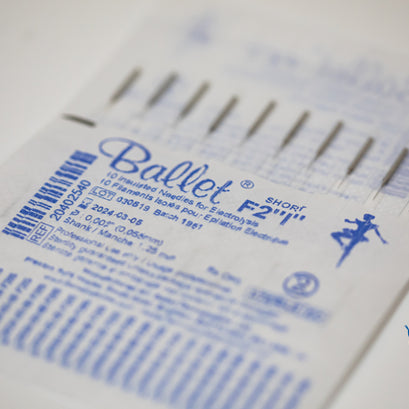
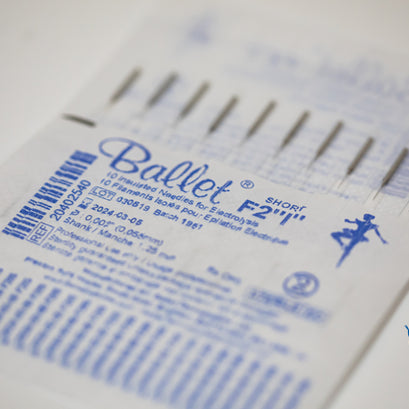
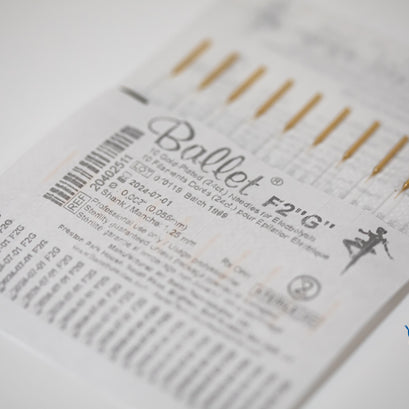
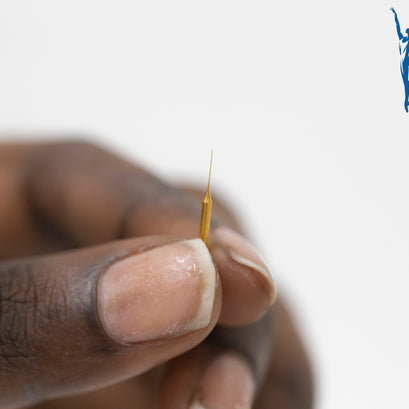
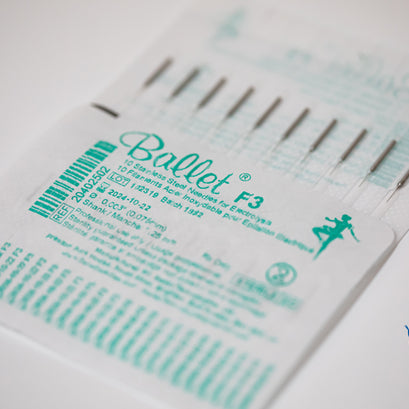
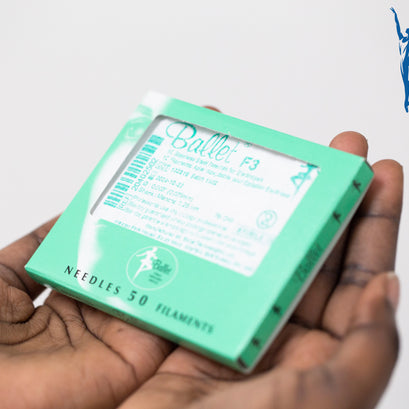
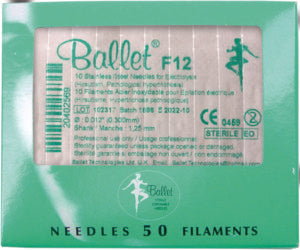
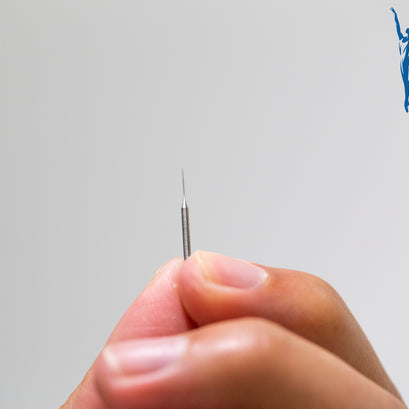

Leave a comment